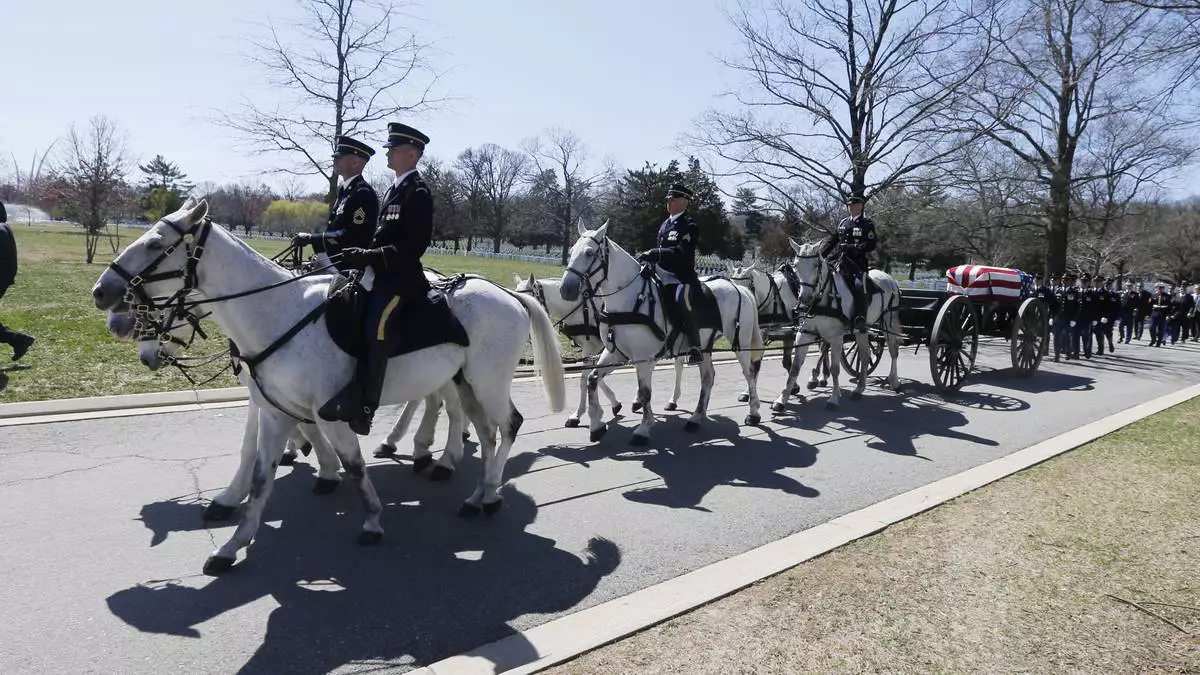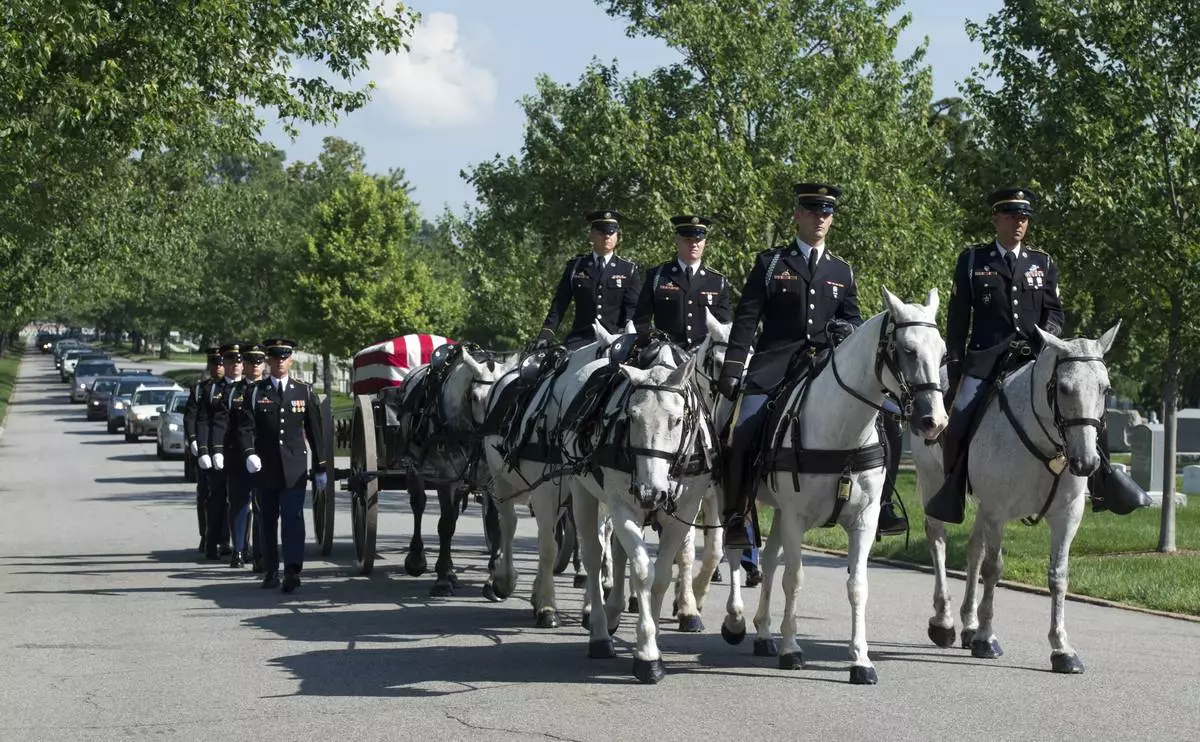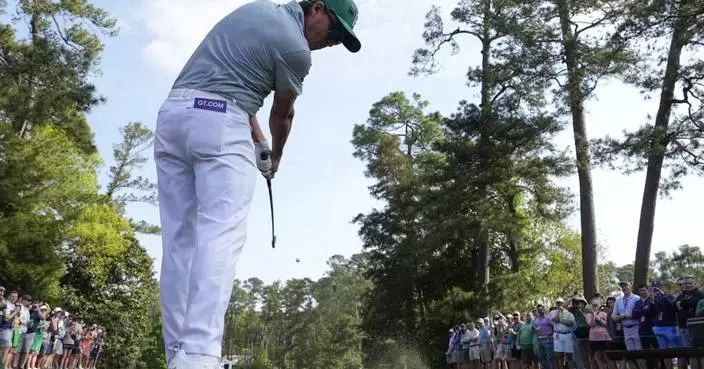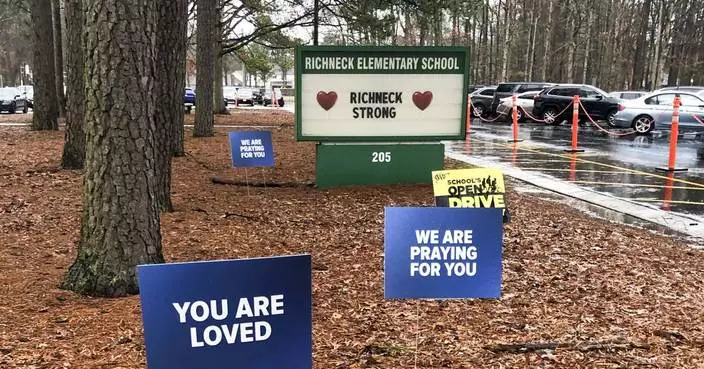When five-year-old Prisilla Perez said she was being bullied for her pixie cut, teacher Shannon Grimm took action.
A school teacher has been praised after cutting her waist-long locks in support of a five-year-old pupil who was being bullied for her own short hair.
US nursery teacher Shannon Grimm noticed that her usually bright and cheery pupil Prisilla Perez was acting “more quiet and sad” after getting her pixie haircut, and was keen to find out why.
After discovering that other students were making fun of her new hairstyle, Ms Grimm “took matters into her own hands to restore Prisilla’s confidence by cutting her own hair short to match”, said Willis Independent Schools District in Willis, Texas.
Speaking to CNN, Ms Grimm said: “About that time, friends started to call her a boy.”
Explaining her decision to cut her hair to match Prisilla’s, she said: “I am going to do other things for my friends in my classroom other than just teach them. I am going to show them the love and support that they need in order to learn.”
Ms Grimm’s commitment to making the youngster feel good about herself even saw her buying matching hair bows for the pair to wear each day.
The act of generosity earned Ms Grimm a medal from her school’s governing board, as well as another from young Prisilla for “being a hero”.
Announcing the awards, school authorities said they were “proud” of their teacher “for her willingness to go above and beyond to brighten a child’s world”.
WASHINGTON (AP) — The return of horse-drawn caissons at Arlington National Cemetery is being delayed for months and maybe longer, the Army said Friday, as it struggles to improve the care of the horses, after two died in 2022 as a result of poor feed and living conditions.
Nearly a year after the Army suspended the use of the gray and black horses for funerals, officials said they are making progress buying new horses, getting better equipment, and improving the training, facilities and turnout areas. But Maj. Gen. Trevor Bredenkamp, commander of the Military District of Washington, said it's been far more time consuming and difficult than initially expected to get the program going again. And it will take an extended period of time to get enough horses to meet the funeral needs.
“We have every intention to resume operations. I can’t give you a week or month or estimate, but it’s requirements based,” Bredenkamp said in a call with a small number of reporters. He said he doesn't expect it will take years but “it’s going to take some time.” He said he would not describe the delay as “indefinite” but repeatedly acknowledged the stumbling blocks to restarting a sustainable program that protects the health of the horses.
The horses are part of the caisson platoon of the 3rd Infantry Regiment, known as the Old Guard, which is best known for guarding the Tomb of the Unknown Soldier at the cemetery, located just across the river from Washington.
Two of the Old Guard platoon horses, Mickey and Tony, had to be euthanized within days of each other in February 2022. Both died from colon impaction.
The Army found that the horses had very little grass in their turnout fields and they consumed sand and gravel from the ground while eating the low-quality hay they were fed. The fields were littered with construction debris and manure and were only large enough to support six or seven horses, nowhere near the 64 that were using the fields when Mickey and Tony died, according to an Army investigation.
At the time, officials said the conditions were from mismanagement, lack of resources and a poor understanding of the horses’ needs. They also said soldiers needed better training on how to care for them.
On Friday, Bredenkamp said the Army is struggling to find enough horses to buy and to find nearby locations large enough for the horses to be kept and trained. The service is also getting lighter-weight caissons and conducting more extensive training for the soldiers to ride and take care of the horses.
Ray Alexander, superintendent of the cemetery, said there are 27-30 funerals a day, Monday through Friday, at Arlington, and of those six to eight qualify for escort honors. In order to meet that demand, without surpassing an appropriate workload for the horses, Bredenkamp said they need six squads of horses.
Currently, he said, they have 42 horses that are being cared for at a professional facility in Virginia. Two years ago, there were 60 horses in the program, but many had to be retired.
For the past year, the Army has used a funeral home hearse or another vehicle in place of the caisson. And in ceremonies for Army and Marine Corps officers who were colonels or above, there is a riderless horse that walks behind the caisson.

FILE - A U.S. Army Caisson team carries the casket of Lt. Col. Richard Smith during his funeral at Arlington National Cemetery in Arlington, Va., March 28, 2019. The return of horse-drawn caissons at Arlington National Cemetery is being delayed for at least months or a year, the Army said Friday, April 12, 2024, as officials struggle to improve the care of the horses, after two died in 2022 as a result of poor feed and abysmal living conditions. (AP Photo/Steve Helber, File)

FILE - A U.S. Army Caisson team carries the casket of Army Capt. Stephanie Rader, during a full military honors conducted by the Army's 3rd U.S. Infantry Regiment through Arlington National Cemetery in Arlington, Va., June 1, 2016. The return of horse-drawn caissons at Arlington National Cemetery is being delayed for at least months or a year, the Army said Friday, April 12, 2024, as officials struggle to improve the care of the horses, after two died in 2022 as a result of poor feed and abysmal living conditions. (AP Photo/Molly Riley, File)

FILE - A U.S. Army Caisson team carries the remains of Army Pfc. Tramaine J. Billingsley during burial services at Arlington National Cemetery in Arlington, Va., Nov. 2, 2010. The return of horse-drawn caissons at Arlington National Cemetery is being delayed for at least months or a year, the Army said Friday, April 12, 2024, as officials struggle to improve the care of the horses, after two died in 2022 as a result of poor feed and abysmal living conditions. (AP Photo/Kevin Wolf, File)












